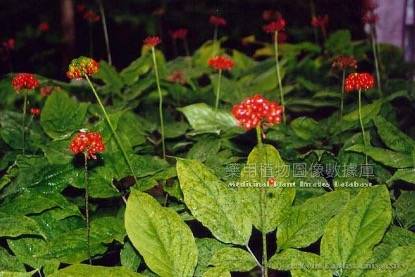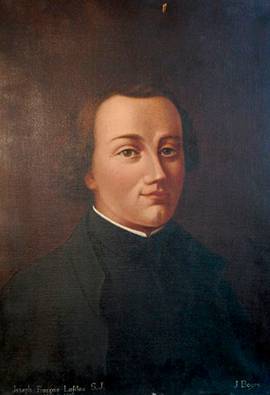One thing that the east and the west have shared for several hundred years is ginseng, a medicinal plant found in both China and Canada (although discovered more than a millennia apart). Today, both varieties are popular around the world. Out of 44 academic studies, 29 found evidence of positive effects. Dr Guo Ping reports on the two varieties below.
THE DRIED ROOT and rhizome of the two plants below are the most esteemed Chinese medicinals used as universal remedies and tonics today.

Asian ginseng has been used medicinally since the Eastern Han Dynasty (about AD 25 to AD 220). It powerfully tones vital qi and the qi of all the organs, engenders fluids, stops thirst, calms the spirit, and benefits the mind.

American ginseng has been incorporated into Chinese materia medica since the Qing Dynasty (1644~1911). Cool in property, it tones qi, nourishes yin, clears heat, and engenders fluids.
American ginseng has been served as a perfect substitute whenever the warmth of Asian ginseng is not applicable according to syndrome differentiation in traditional Chinese medicine.


A VISITOR FROM EUROPE
In 1701, French priest Father Pierre Jartoux, a Jesuit, came to China. He observed and experienced the use of Asian ginseng in Manchuria. He then provided a detailed physical description and a description of the environment where Asian ginseng grew in China.

Fascinated by his information, another priest Father Joseph Francis Lafitau in North America (French Canada) discovered American ginseng with the help of native Iroquois Indians near Montreal in 1716.
Later on, American ginseng from Canada was brought to China and became a valued item in China. American ginseng is now successfully cultivated in north-east China on a large scale.
Although these two plants are different in appearance (the stalk of inflorescence of Asian ginseng is obviously longer), they share a same common name of “ginseng” in commerce. C A Meyer (1795~1855, Russian botanist) and C Linnaeus (1707~1778, Swedish botanist) got rid of the confusion taxonomically by establishing the scientific identity of Asian ginseng (Panax ginseng) in 1842 and that of American ginseng (Panax quinquefolius) in 1753, respectively.
Dr Ping Guo is based at the School of Chinese Medicine at Hong Kong Baptist University.
Photographs are provided with prior consent from Medicinal Plant Images Database (https://library.hkbu.edu.hk/electronic/libdbs/mpd/) and Chinese Medicinal Material Database (https://library.hkbu.edu.hk/electronic/libdbs/mmd/) of HKBU.
The advisor under which this column was prepared was Prof Aiping LU of the School of Chinese Medicine at Hong Kong Baptist University.
Picture at the top by Nathan Dumlao on Unsplash
